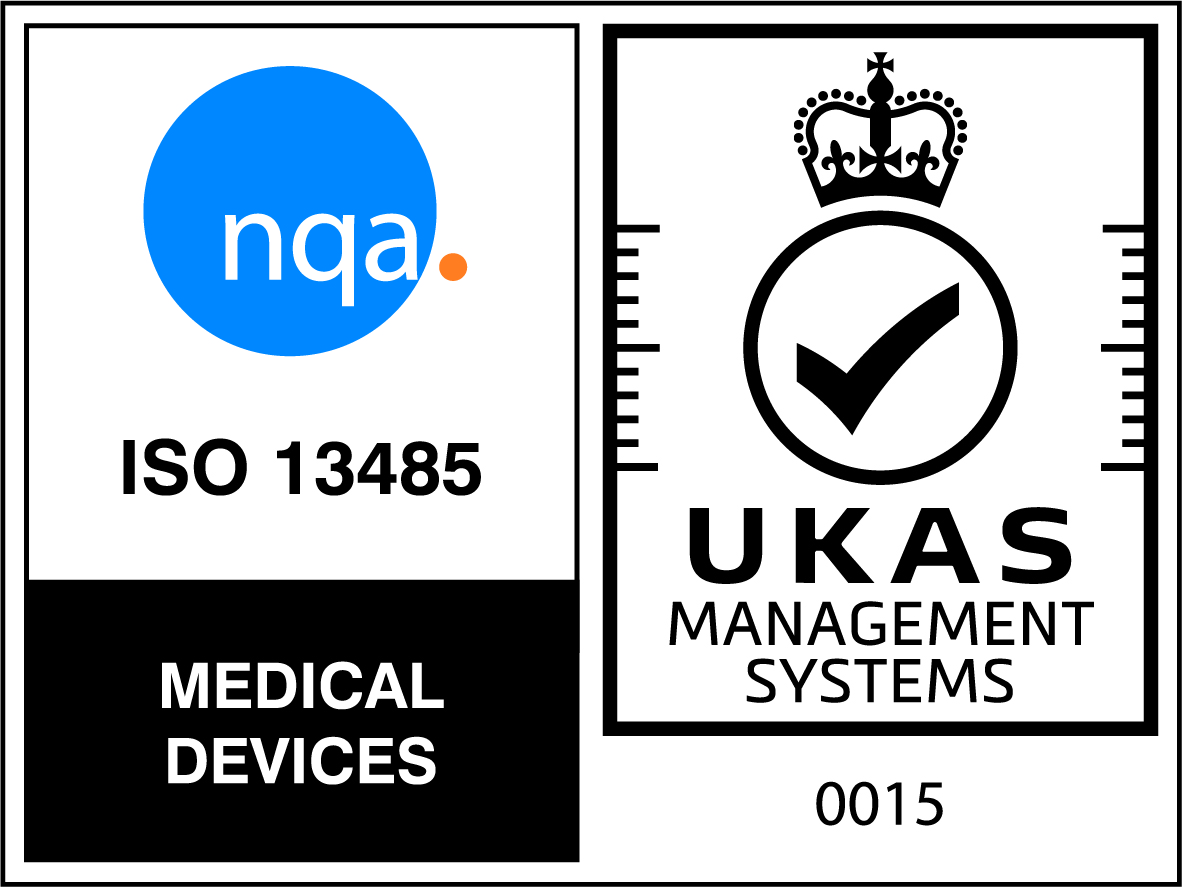Cybertools offer rapid prototyping technologies for plastic and metal
SLA (Stereolithography)
SLA prototyping is one of the earliest 3D printing methods. It uses a UV light to cure a photopolymer, such as ABS, layer-by-layer, making a durable plastic solid with good resolution of detail.
SLA is typically not fast but it wastes little material, and the prototype can be used “as is” or as a master mould for a polyurethane vacuum casting.
Materials available: ABS and PC
CNC Machining
CNC machining is suitable for plastic and metal parts and can be used to make one single prototype to up to 500 parts.
A wide variety of materials can be machined, including mild and stainless steel, aluminium, magnesium, zinc, brass and many grades of Polymers.
Materials available: ABS, PC, PMMA, Nylon, Nylon + GF, PPS, PEEK, PP, POM, aluminum, steel, stainless steel, copper, brass
SLS Prototyping
SLS prototyping uses a laser to fuse powdered Nylon into a physical solid layer-by-layer. The process makes a prototype with a rougher surface texture that requires secondary finishing if it’s to be used as a master mould, but the advantage is that the prototype is more robust than its SLA counterpart. Making it more suitable for mechanical models.
Materials available: PA and PA/GF
Vacuum Casting
When multiple components are required, vacuum casting is a cost effective alternative to injection moulding for low volume production.
Using SLA prototyping to create a new part or an existing part as the master model, a mould cavity is produced from silicone rubber into which a wide range of resin materials can then be cast. Extremely fine detail and surface finish can be reproduced using this method and poured under vacuum; the 2-part polyurethane resins ensure bubble free parts time after time.
Depending on part geometry, the silicone tool can be used to cast up to 25 parts and for larger quantities multi-impression tools can be produced.
Materials available: ABS, PC, POM, PP, PMMA, PA and PA/GF

